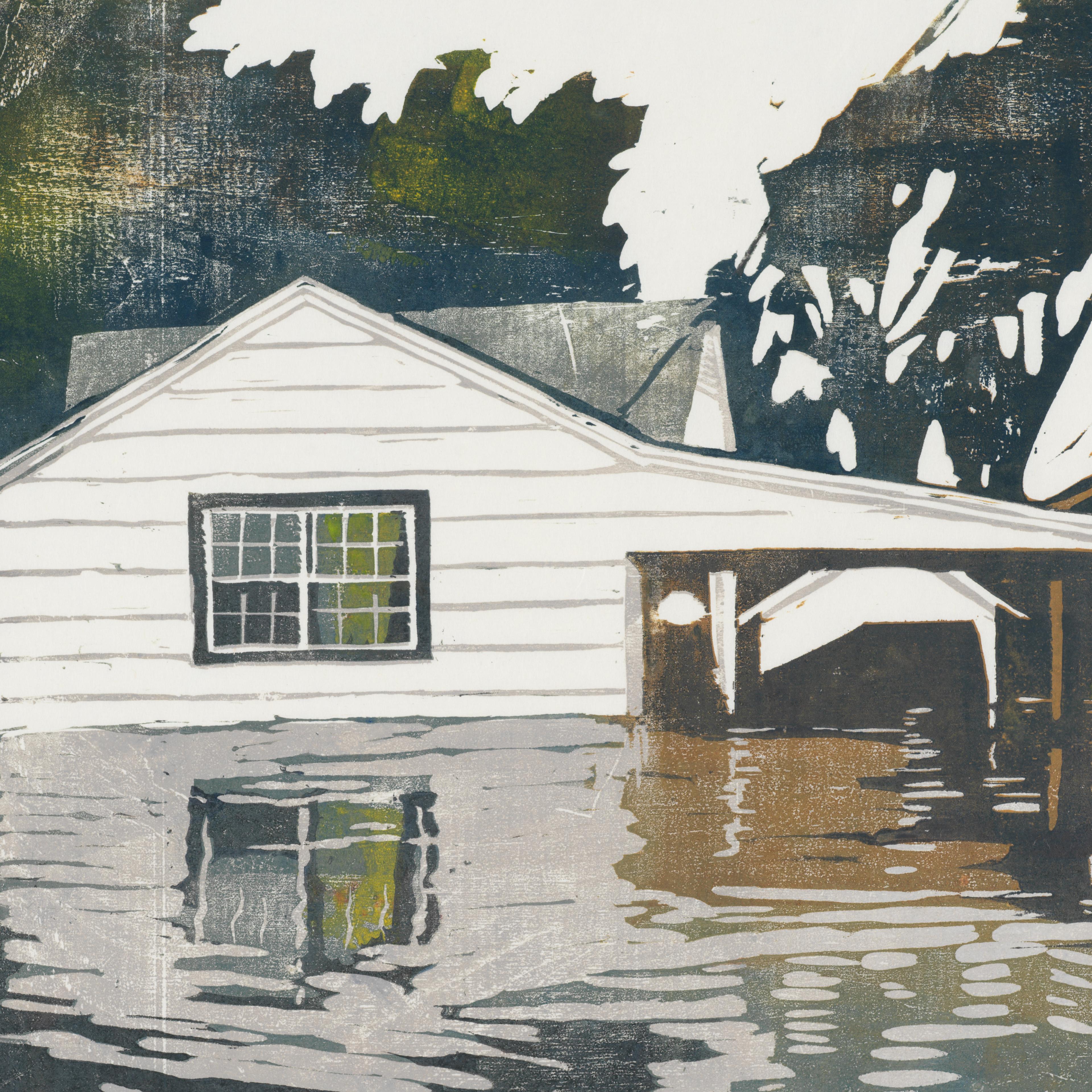The Department of Drawings and Prints boasts more than one million drawings, prints, and illustrated books made in Europe and the Americas from around 1400 to the present day. Because of their number and sensitivity to light, the works can only be exhibited for a limited period and are usually housed in on-site storage facilities. To highlight the vast range of works on paper, the department organizes four rotations a year in the Robert Wood Johnson, Jr. Gallery. Each installation is the product of a collaboration among curators and consists of up to 100 objects grouped by artist, technique, style, period, or subject. This rotation features works dating from the sixteenth to the twenty-first century that convey artists’ perceptions of human society, the natural world, and interactions between the two.
Late sixteenth- and early seventeenth-century Netherlandish prints illustrating proverbs reveal the deceits and laughable follies of human nature. Depictions of construction sites and building activities in Europe from roughly the same period demonstrate the dynamic roles of technology, geometry, and human labor in shaping the built environment. Exemplifying familial and artistic kinship, the works of seventeenth-century French printmaker Claudine Bouzonnet Stella present family as a recurring subject and context of her artistic production.
Studies of coral, flowers, and insects by seventeenth- and-eighteenth-century Netherlandish and German artists explore the relationships between natural history drawings, early modern collecting practices, and attempts by artists and collectors to control or possess nature. A selection of cut-paper and collage works, particularly of plant life, highlights the visual practices of several nineteenth-century literary figures. A recently acquired rare pastel by Eugène Delacroix and related works show the artist’s enduring fascination with lions and the complex relationship between animality and humanity in his work. Seascapes in watercolor and a variety of print media make evident the changeable quality and character of the ocean surface—from serene to turbulent—and its impact on human navigation. Finally, prints representing the overflow of the Mississippi River, inundated homes, and victims of downpour display the collective and individual calamities resulting from flooding in the United States from the nineteenth century to the present.
